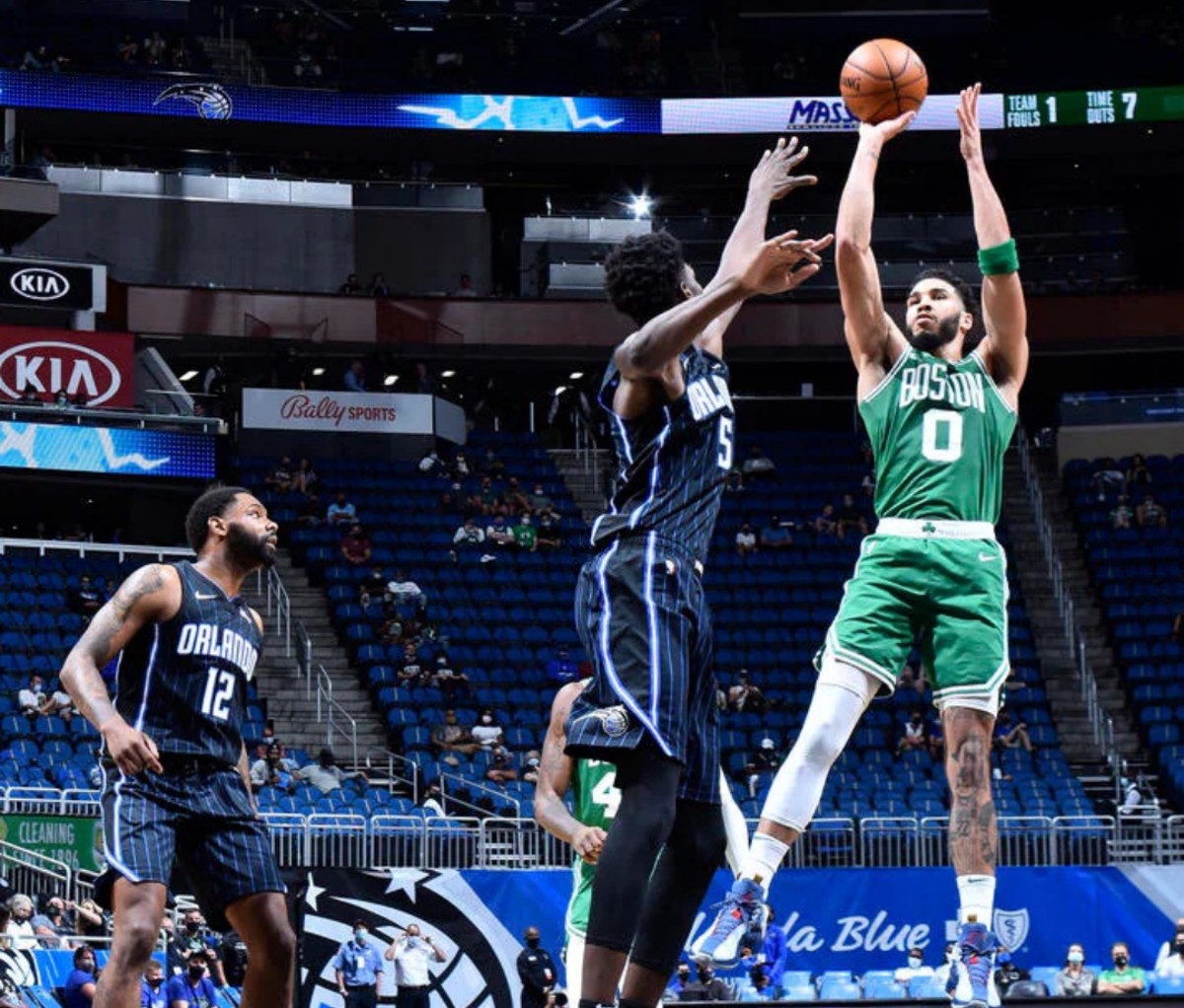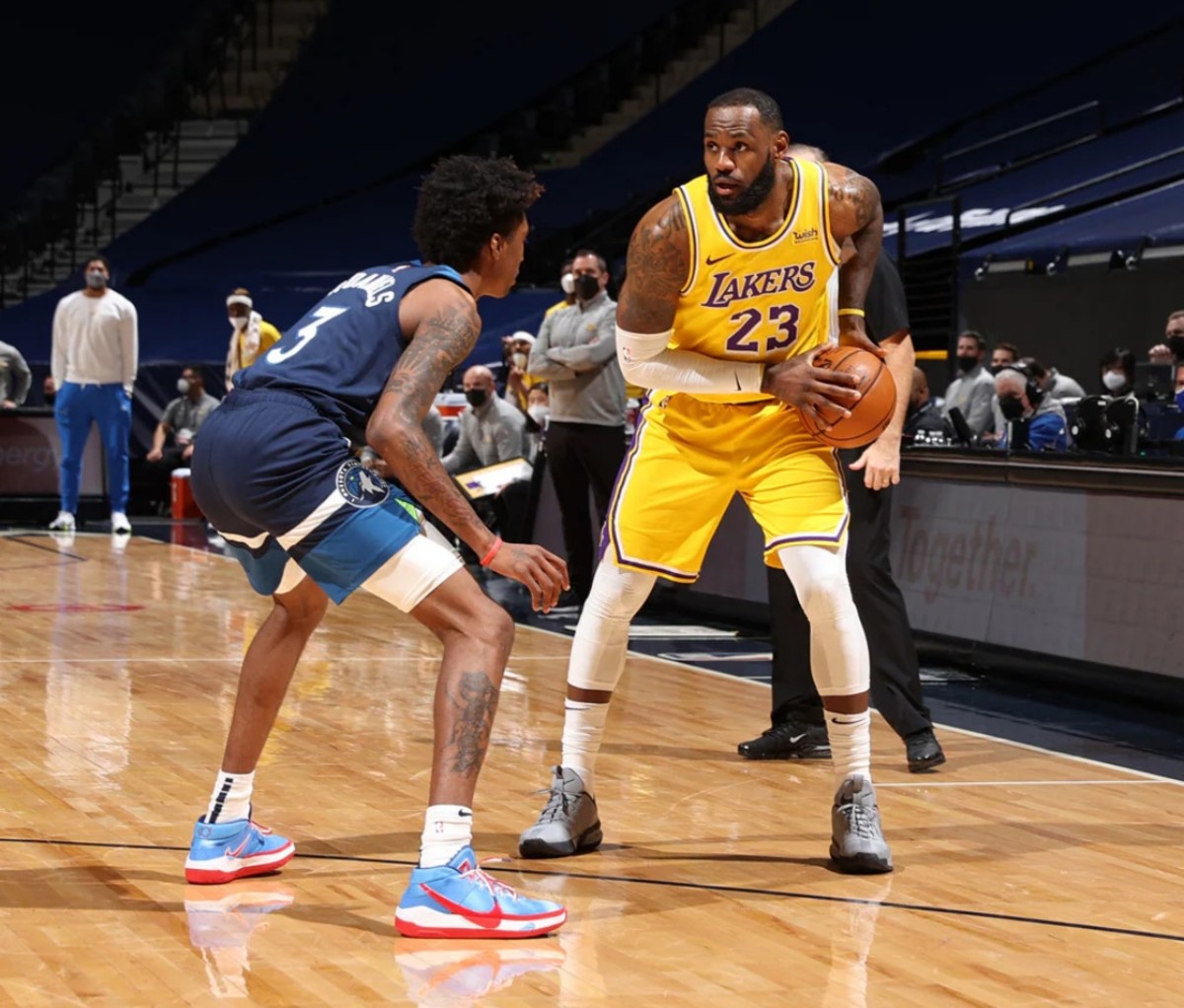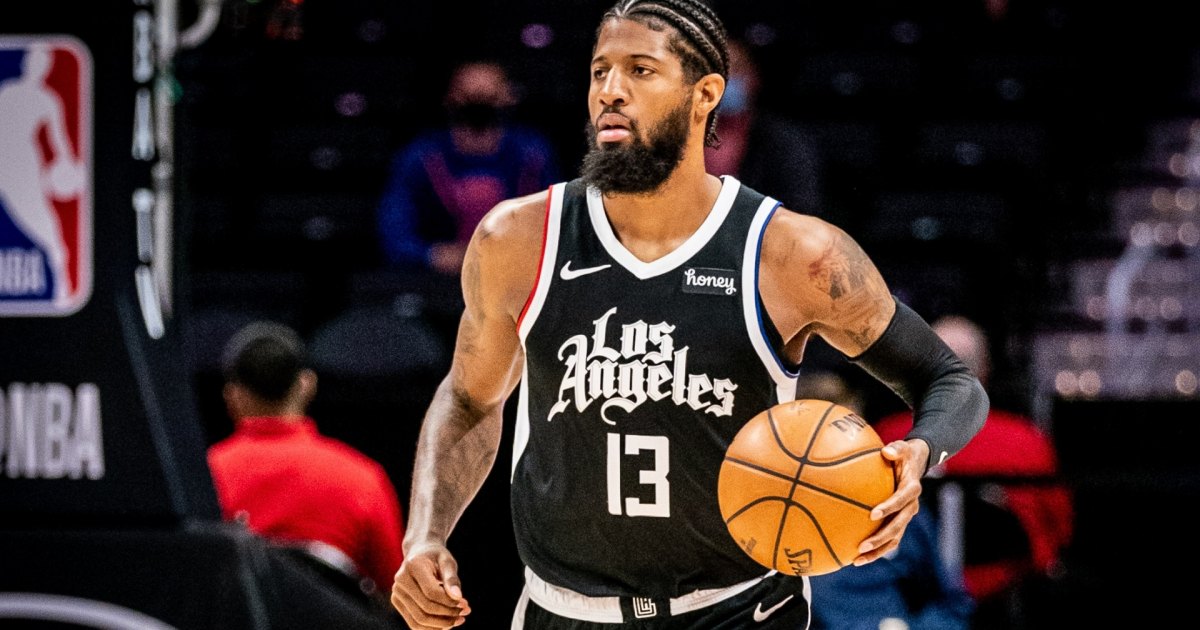No products in the cart.
Fitness Tips
2021 NBA Playoffs: Your Guide to This Year’s Postseason
Slowly but surely, professional sports are beginning to look like they did before the pandemic upended them. In the spring of 2021, we’re seeing (hopefully) the last vestiges of schedules and games made weird by COVID-19. This year’s NBA Playoffs look different because of the pandemic, sure, but also because the league is trying a new format: Eight teams will compete a play-in tournament to decide which of them will move on to the actual playoffs.
Here’s a primer on what the NBA playoffs will look like in 2021.
What is the NBA playoffs’ play-in tournament?
Ordinarily, the format of the NBA playoffs is simple enough. The teams with the eight best records in each conference make it, with No. 1 playing No. 8, No. 2 playing No. 7, and so on. (The league reserves a couple of higher seeds for division winners, but that doesn’t usually affect who makes the playoffs and who doesn’t.)
This year, the NBA is ditching that straightforward structure. Instead, the teams on the edge of the playoff race will play a mini-tournament that precedes the actual NBA playoffs.
When is this happening?
The play-in event starts on Tuesday, May 18 and ends on Friday, May 21. It includes six games.
How will the play-in tournament work?
The teams that finish seventh, eighth, ninth, and 10th in the Eastern and Western Conference standings will each have a crack at making the regular eight-team playoff field. But the road is considerably easier for the teams seeded seventh and eighth, who’d normally get in anyway.
In both conferences, the No. 7 team will host the No. 8 team. Whoever wins that game advances to the “regular” playoffs. Whoever loses that game plays the winner of the game between the No. 9 team and No. 10 team, and whoever wins that game also moves on.
The effect is that teams seeded seventh and eighth get two chances to win one game and join the playoff field, while teams seeded ninth and 10th have to win two in a row to enter the postseason.

Who’s playing?
In the Eastern Conference, the seventh-seeded Boston Celtics will host the eighth-seeded Washington Wizards, who closed the year on a 17–6 run to claim their spot. The ninth-seeded Indiana Pacers will play the 10th-seeded Charlotte Hornets.
In the Western Conference, the seventh-seeded Los Angeles Lakers will face the eighth-seeded Golden State Warriors, while the ninth-seeded Memphis Grizzlies will host the 10th-seeded San Antonio Spurs.
The first set of Eastern Conference games will take place at 6:30 and 9 p.m. (EDT) on Tuesday, both on TNT. The Western games start at 7:30 and 10 p.m. (EDT) on Wednesday on ESPN.
Will these play-in games be any good?
Normally, you wouldn’t think so. These are the types of teams that should get bounced from the playoffs quickly. Even so, these games all have high stakes, and it’s likely a few of them will turn out to be entertaining. One matchup should be particularly fun to watch: Defending champion Lakers, led by LeBron James, will face Steph Curry and the Warriors after Curry wrapped up one of the most astonishing seasons ever.
Why is the NBA doing this play-in instead of sticking with its standard format?
A few reasons, though the NBA hasn’t been explicit about all of them.
For one thing, the league has been searching for years for ways to make the regular season matter more. The NBA, fairly or not, has cultivated a reputation as a league where the serious action doesn’t start until the playoffs. Teams bolster this view when they make the (understandable) decision to rest star players during regular season games in order to keep them fresh for the long haul (i.e. the playoffs).
The play-in changes that dynamic. It’s now extremely valuable to be the No. 6 seed instead of the No. 7, for instance, because the No. 6 seed is guaranteed an entire playoff series while the No. 7 isn’t. The league likes that kind of thing because it keeps the stakes of regular season games high and, theoretically at least, keeps fans more interested.
Money is another reason. The play-in tournament creates a handful of additional nationally televised games. That’s more inventory, and thus more cash, for the NBA and its TV partners. The tournament is sponsored by State Farm; that’s also a few more bucks for the league. The fact that one of these games wound up being Lakers vs. Warriors will thrill the league even more because both teams are big television draws and should bump the ratings.

Is this a good idea?
That depends on who you ask. If you’re a fan who simply enjoys watching basketball and wants there to be more of it, then yes. If you’re an NBA team that finishes ninth or 10th in your conference (or you’re a fan of one of those teams), then it’s great for you, too. Your season will last a little longer.
If you’re a player, though, the play-in isn’t necessarily so great. This year’s 72-game season already had a condensed schedule, meaning more stress on the athletes’ bodies in a shorter period of time than normal. Now the league is adding even more games before the playoffs.
LeBron James recently expressed his distaste for the play-in system, saying that whoever created it “needs to be fired.” (Even back in 2018, when the league was reportedly considering the idea, James called it “wack.”) Yet it’s not entirely clear how widespread that feeling is among the rest of the league’s labor base.
Who’s going to win the NBA Finals?
That’s still unclear, of course. This feels like an especially wide-open year, and at least six or seven teams have a reasonable shot at pulling it off. The teams below are the favorites, as predicted by FiveThirtyEight’s projection model.
The Brooklyn Nets might be the favorite if their core of star players (Kevin Durant, James Harden, and Kyrie Irving) remain healthy. But it’d be silly to count out the Lakers, who won it all last year and still have both LeBron James and Anthony Davis on the roster.
The Utah Jazz are excellent, with both a top-five offense and defense as measured by points per 100 possessions. The Philadelphia 76ers have one of the league’s best, most versatile big men in Joel Embiid, plus all the athleticism and defense they’d need in Ben Simmons and Tobias Harris. The Los Angeles Clippers, who built their roster around two of the league’s best wing players in Kawhi Leonard and Paul George, have emerged as the best three-point shooting team in the league.
For access to exclusive gear videos, celebrity interviews, and more, subscribe on YouTube!
Source link

